Search for lenses, articles and help
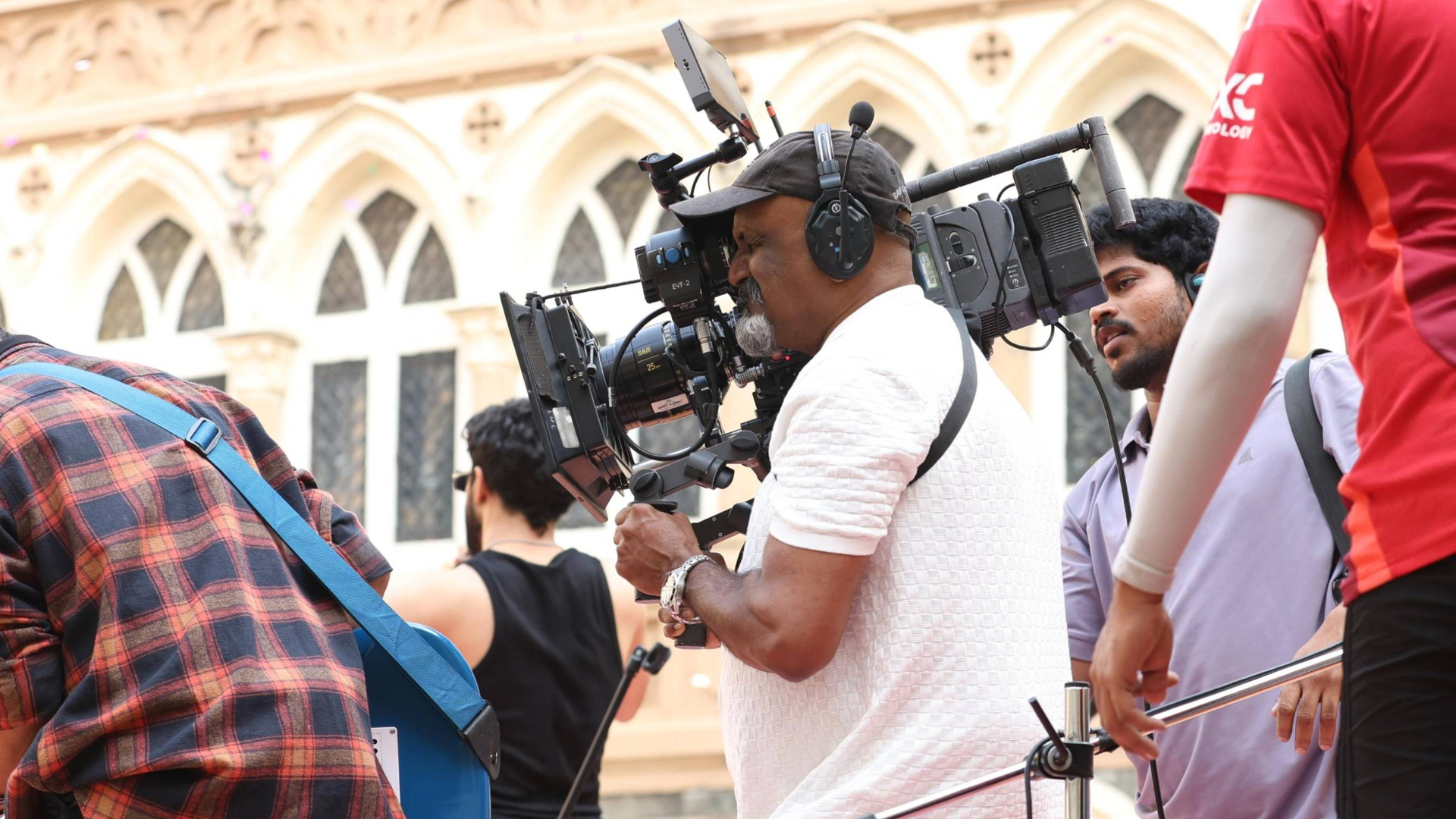
Ravi K. Chandran, ISC, a trailblazer in Indian cinematography, has consistently redefined the visual language of Indian cinema with his innovative techniques and versatile approach across multiple languages. Known for setting benchmarks with films like Virasat, Dil Chahta Hai, Kannathil Muthamittal, and My Name Is Khan—the only Indian film nominated for the Golden Frog at Camerimage—Ravi K. Chandran’s work reflects a deep passion for storytelling through imagery.
In this interview, he shares insights into his creative process for the highly anticipated Thug Life, directed by Mani Ratnam and starring Kamal Haasan, marking their reunion after more than three decades. Chandran discusses his experience with Cooke Optics, his visual philosophy, and the technical and emotional nuances of crafting Thug Life.
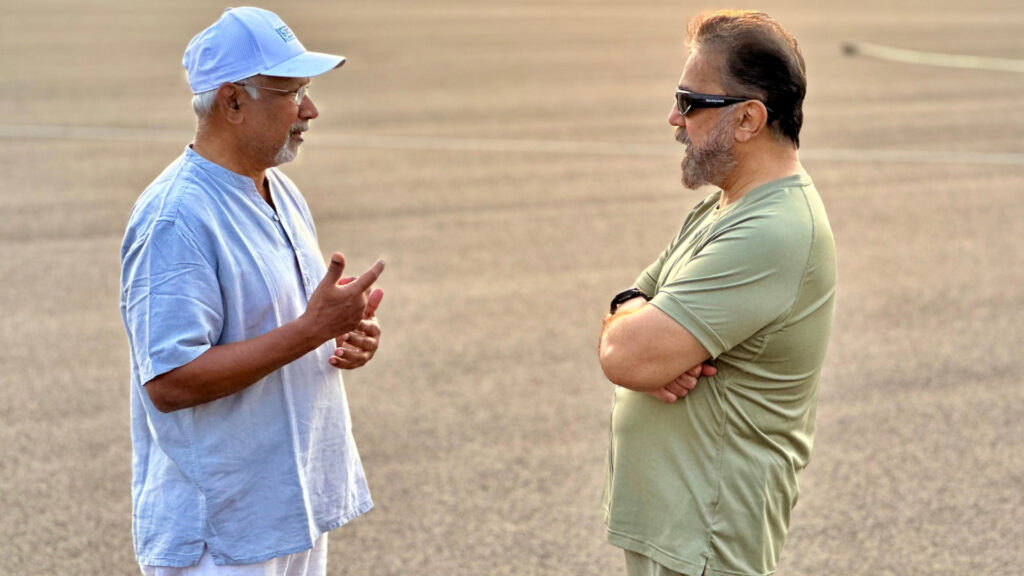
“I enjoy the uncertainty about what I am going to do… that triggers an adventure, room to explore improvisations on set.”
Ravi K. Chandran thrives on the unpredictability of filmmaking, which fuels his creativity. His meticulous preparation is balanced by a willingness to adapt, making each project a journey of discovery. On Thug Life, he embraced the challenge of capturing intense human emotions—a hallmark of Mani Ratnam’s storytelling.
“Shooting Thug Life is very important for me… it has intense human emotions beautifully crafted by Mani Ratnam.”
“As a director, Mani Ratnam always likes to shoot at the perfect time of day… he leads every crew member to contribute their best to the film.”
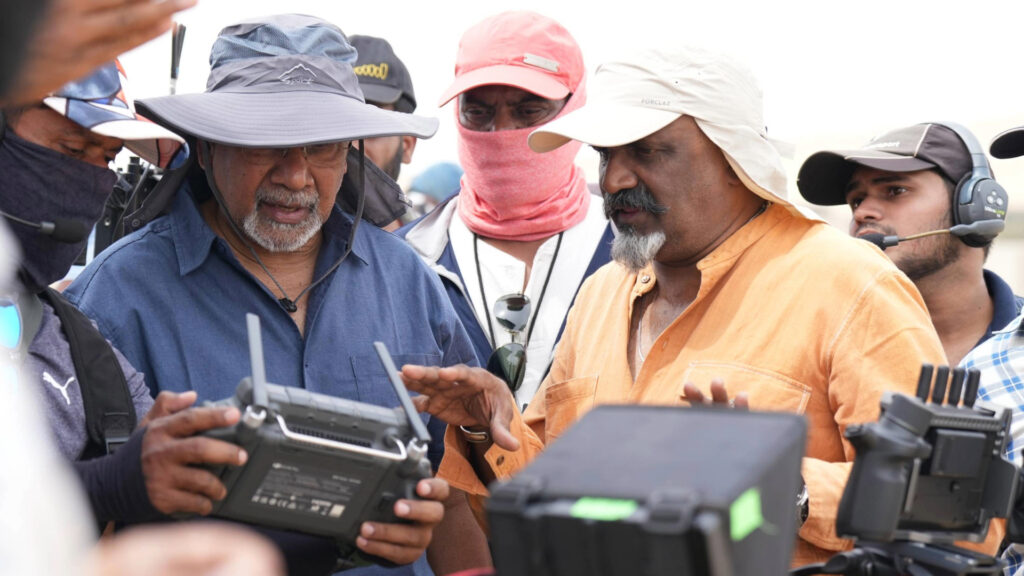
Ravi K. Chandran’s fascination with new cinematographic tools has helped shape Indian cinema’s visual aesthetic. From pioneering the use of Kino Flos, Skypanels, and locally engineered space lights to innovating with Miniflos in advertising (e.g., placing lights inside bottles for a radiant effect), he has consistently pushed creative and technical boundaries.
“Early on, I used Miniflos—a light so small it fit inside bottles—as if the light radiated from them… that gave product and ad filmmaking a new look.”
His trendsetting work in Virasat and Dil Chahta Hai introduced soft lighting with contrasty images, redefining Indian cinema’s visual texture. He explains his lighting philosophy:
“Day interiors generally remain semi-darker with ambient sources… whereas at night, a single tube light source becomes brighter.”
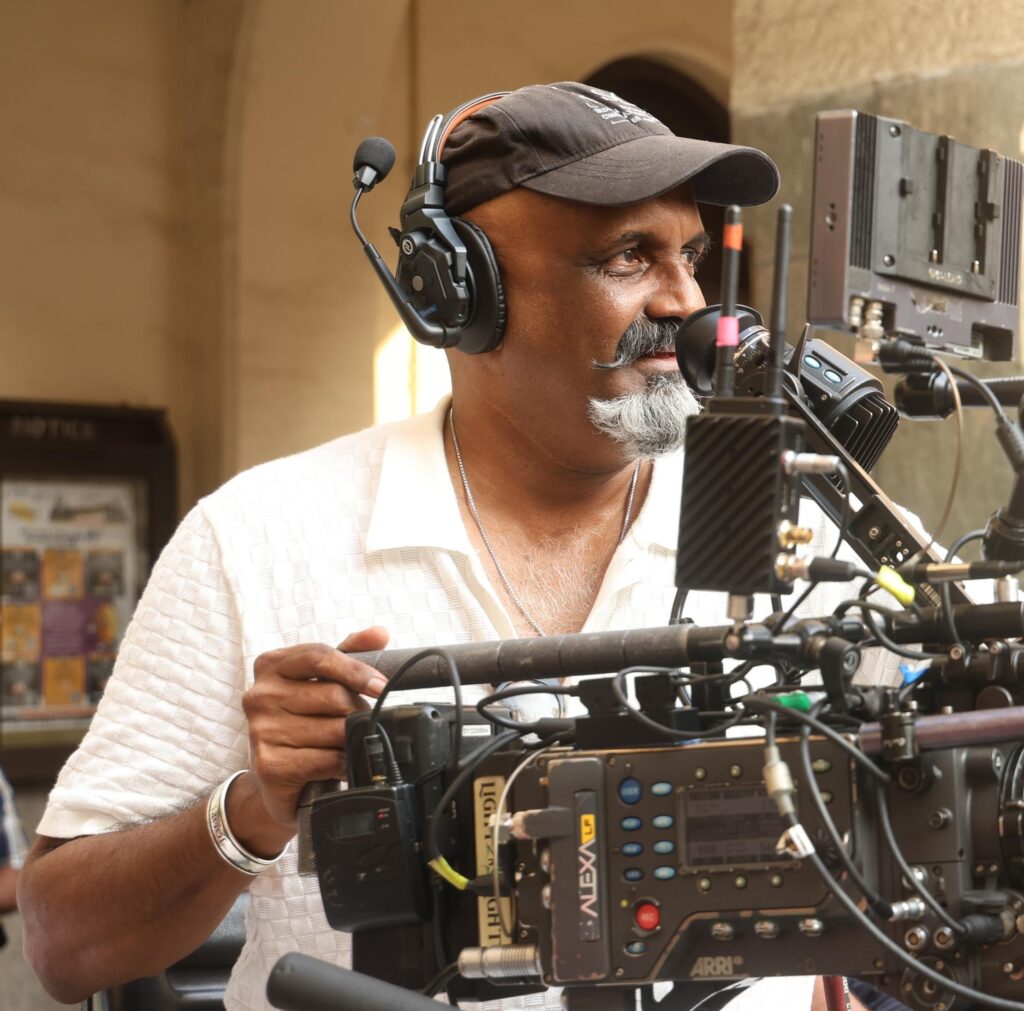
“I shot with the Arri Alexa LF; I love shooting with larger formats for the depth-of-field fall-off, which feels more natural and cinematic. Cooke lenses have a special cinematic flavor, warmth, and image fall-off quality.”

“The texture, focus fall-off, and selective depth of field rendered beautifully at T4, which I maintained throughout.”
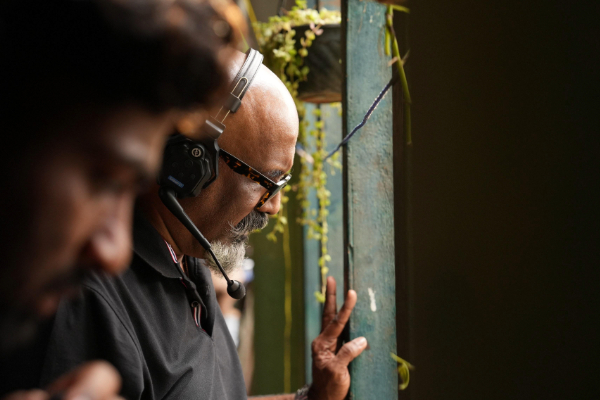
“For Thug Life, I used Cooke Anamorphic FF lenses for the warmer-toned first half and Cooke S8/i spherical lenses for the cooler, darker-toned second half, visually reflecting the film’s emotional arc.”
Chandran’s imagery is central to the storytelling in Thug Life. He shot close to characters using 25mm and 35mm lenses to create a larger-than-life feel, enhancing the film’s emotional intensity. His lighting approach combined indirect light, specular hard lights, and 24K tungsten lights to create evocative, dissolving evenings.
The title announcement teaser, shot in Chennai’s barren landscape with a limited color palette and black-and-white smoke, set a striking visual tone:
“The teaser’s open landscape with black-and-white smoke amalgamation created an interesting backdrop.”
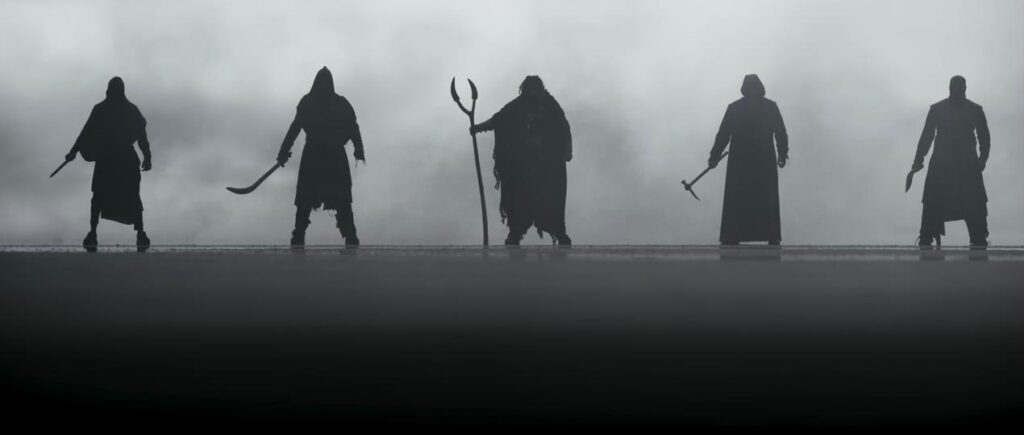
He also emphasizes the importance of adapting makeup to modern lighting:
“Makeup for skin tone is crucial… earlier we had warm bulbs, but now LED lights have changed the principle and look.”
Geographically, Thug Life span’s diverse locations, and Chandran had to adapt to India’s unique lighting conditions, noting:
“In India, the sun’s arc rises perpendicularly after 8 a.m., dramatically changing the light quality—unlike Europe, where the sun’s arc is ideal for shooting all day.”
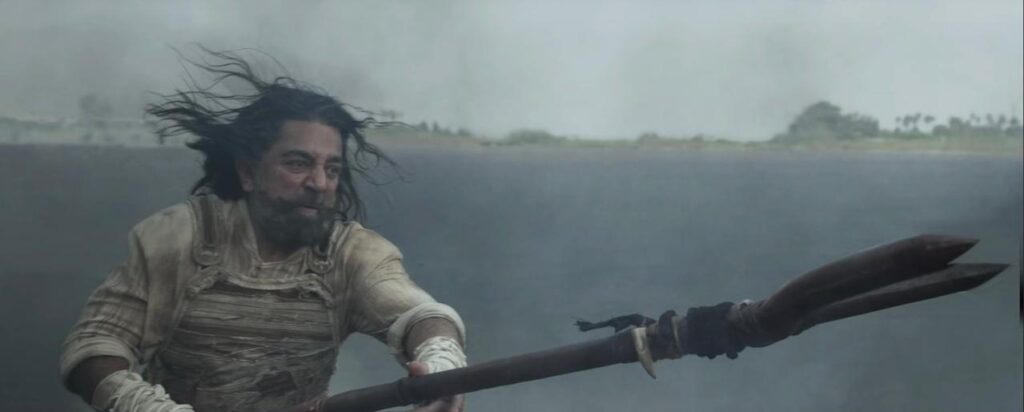
A regular attendee at Camerimage in Poland, Ravi K. Chandran values global cinematographic discourse and cherishes conversations with masters like Vittorio Storaro. His nomination for My Name Is Khan at the Golden Frog remains a proud milestone, underscoring his international recognition:
“My Name Is Khan was the first Indian film nominated for the Golden Frog, and I enjoy the conversations at Camerimage with the greatest cinematographers.”
Ravi K. Chandran’s work on Thug Life exemplifies his ability to blend technical innovation with emotional storytelling. His use of Cooke Optics and Arri Alexa LF, combined with a nuanced approach to lighting and lensing, creates a visually distinct narrative that mirrors the film’s emotional depth.
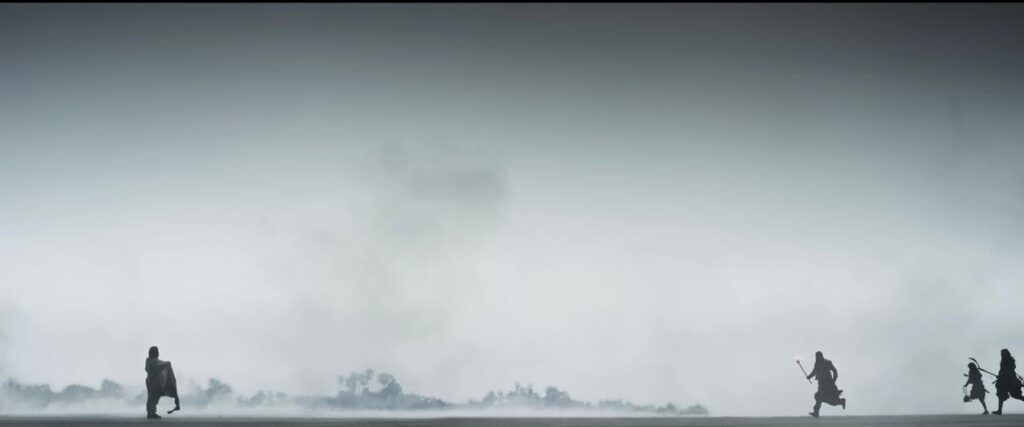
From pioneering lighting techniques to adapting to India’s challenging light conditions, Chandran’s contributions continue to elevate Indian cinema. His collaboration with Mani Ratnam and Kamal Haasan is a testament to his ability to translate a director’s vision into unforgettable imagery.
“I cherish the happiness of working with legends Mani Ratnam and Kamal Haasan… now looking forward to the release.”
Ravi K. Chandran’s journey reflects a relentless pursuit of visual excellence, cementing his legacy as a visionary cinematographer shaping the future of Indian and global cinema.
Supported by: LIGHT N LIGHT